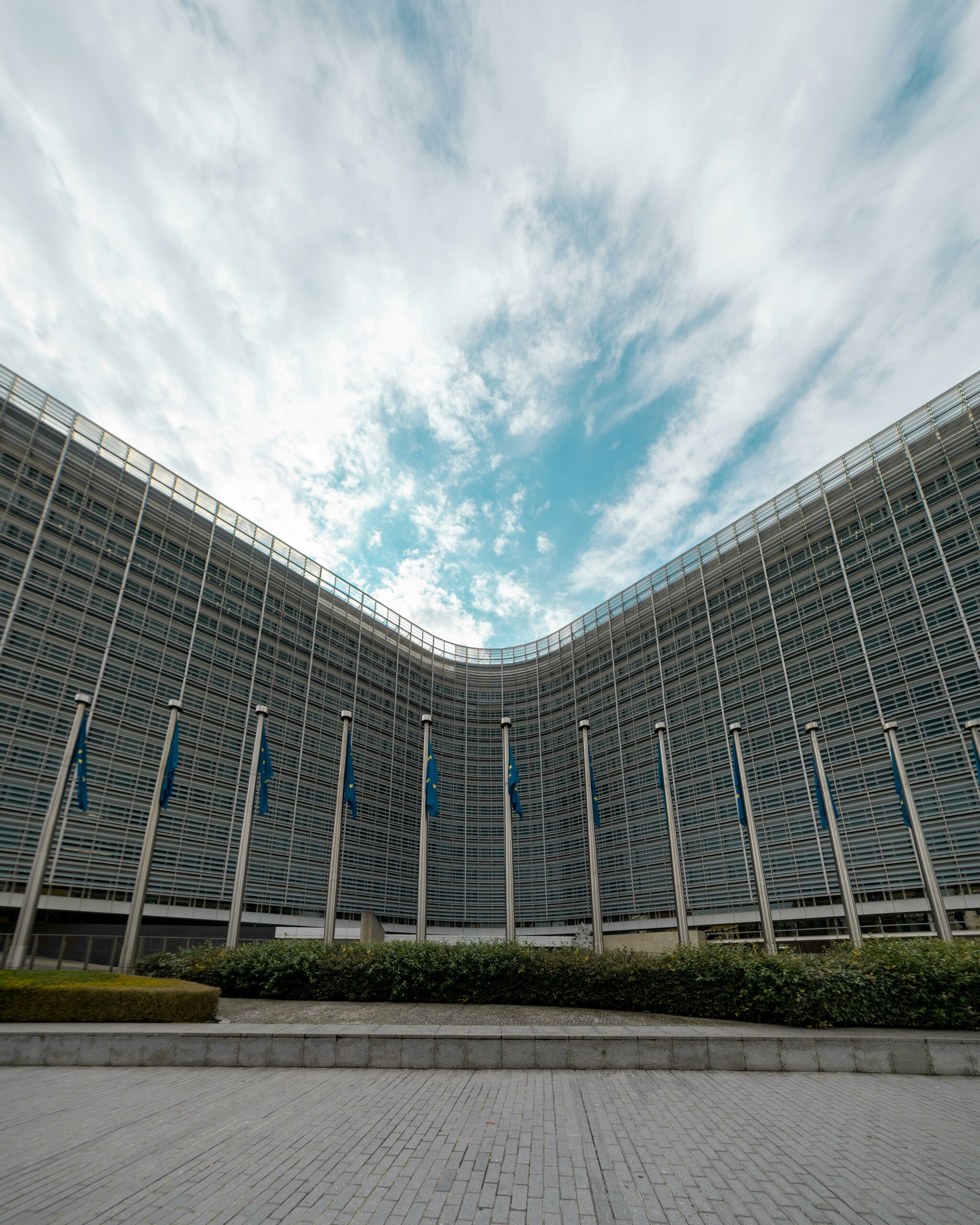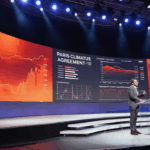While agriculture is part of the global climate change problem, it can also become a part of the solution. CO2 emissions from agricultural production currently account for 11% of global greenhouse gas emissions. Implementing programs increasing sequestration of carbon across agricultural activities is promising for farmers, business and investors. It also comes with environmental and human right related risks to be properly understood. Ksapa is able to produce robust due diligence first. And Ksapa deploys robust sequestration programs second. That all goes hand in hand and here is how it works.
Pre-feasibility Study and Stakeholder Engagement
The pre-feasibility study is a fundamental component in assessing the viability and potential of the proposed Greenhouse Gas (GHG) Project. This study entails an in-depth examination of various aspects critical to the project’s success. Initially, it provides a comprehensive description of the proposed GHG project, detailing the project activities, the amount of carbon expected to be sequestered, monitoring mechanisms, and the proposed GHG accounting methodology. It also involves evaluating relevant legislation, regulation, and guidance that govern the rights to the benefits and the creation and ownership of environmental assets in the project’s jurisdiction. Recommendations are made on how to address these aspects within the project context.
The study further refines estimates of the anticipated GHG reductions or removals, highlighting the expected economic, social, and environmental benefits. It ensures that the project meets the eligibility requirements under the governing standards and methodologies, including criteria such as additionality, permanence, and the absence of double counting. A detailed cost and benefit-sharing model is also outlined, specifying the cost per tonne and providing a budget that includes monitoring costs, carbon services, landowner payments, and the purchase of verified carbon credits.
Stakeholder identification and engagement are crucial elements of the pre-feasibility study. The roles of each stakeholder are identified, and a proposed contractual structure is formulated to cover their interactions within the project. A high-level stakeholder engagement plan is developed to understand the relevant stakeholders, including all primary rights holders, and to detail the nature of their engagement and the likelihood of their agreement to the project’s implementation. The study also includes a risk assessment that evaluates technical, economic, financial, and legal risks and proposes mitigation measures, including land rights assessments.
Due Diligence and Impact Assessment Services
The due diligence and impact assessment services are essential to ensure the project’s integrity and alignment with international best practices. The developer must carry out due diligence to ascertain the technical, economic, financial, legal, and commercial viability of the contractors and other organizations involved in the project’s implementation. This includes business or company solvency checks and background checks on co-investors and stakeholders. The study also involves a detailed assessment of land use and land ownership structures within the project area, specifying any traditional or informal land rights. It evaluates the rights to benefits, including land tenure status and rights transfer, in connection with the host country’s laws and Article 6 of the Paris Agreement.
Administrative and regulatory requirements necessary for project implementation are also scrutinized. The impact assessment aims to identify potential negative impacts arising from the GHG project, ensuring compliance with the Sustainable Development Goals (SDGs) and safeguarding principles. This involves confirming the project’s compliance with environmental, socio-economic, and human rights standards. The due diligence includes completing a form that assesses human rights and environmental due diligence. Appropriate project design and mitigation measures are proposed to address any potential negative impacts identified by the due diligence or impact assessment. These steps ensure that the project is prepared to manage any challenges and maximize its positive outcomes.
Implementation of the GHG Project
The implementation of the GHG Project is structured to ensure alignment with relevant standards and methodologies. A GHG project shall always aim to address multiple Sustainable Development Goals, such as climate change adaptation and mitigation, biodiversity enhancement, increased agricultural yield, improved farmer resilience, access to education, and empowerment of women and youth among others.
The reporting period for GHG accounting is set to be annual over a ten-year span at minimum, with non-permanence risk mitigation measures implemented as outlined in the project’s detailed plan. The GHG accounting methodology requires always specific third party audits expected to qualify intercropping activities and certify carbon credits among other verifications. The monitoring, reporting, and verification plan follows established protocols within the voluntary carbon markets, ensuring robust documentation, stakeholder consultation, project registration, and third-party audits.
Performance indicators and the actual project impact are tracked and reported annually, with GHG targets and interim milestones confirmed upon closing the pre-feasibility study. The project also includes an approved third-party verifier, appointed under VCM protocols, to ensure unbiased evaluation of the project’s impacts. The verification plan includes key milestones for claim issuance planned on regular basis depending on GHG sequestration profile at stake confirmed at the start.
Impact assessment results detail expected economic, social, and environmental benefits or potential negative impacts, with appropriate mitigation measures proposed to address any identified risks. The detailed steps for implementation, consistent with the outlined procedures, are provided upon closing the pre-feasibility study and due diligence, ensuring a clear path for project execution. Contractors and other third-party organizations involved in the project are thoroughly vetted through the due diligence process, ensuring all parties are qualified and aligned with the project’s goals.
Conclusions
The development of programs enabling agricultural chains to sequester carbon is a promising avenue. It will help combat climate change. It provides concrete solutions for industrial buyers wishing to invest in their Scope 3. Last but not least, it provides useful investments to modernize and encourage farmers to perpetuate their operations.
However, the design of these programs requires particular attention to environmental vigilance and human rights. Ksapa is the ideal partner to provide the expertise and methodologies needed to frame and implement these programs. Ksapa then works concretely to deploy these programs in the field alongside farmers and other local partners.
Author of several books and resources on business, sustainability and responsibility. Working with top decision makers pursuing transformational changes for their organizations, leaders and industries. Working with executives improving resilience and competitiveness of their company and products given their climate and human right business agendas. Connect with Farid Baddache on Twitter at @Fbaddache.






